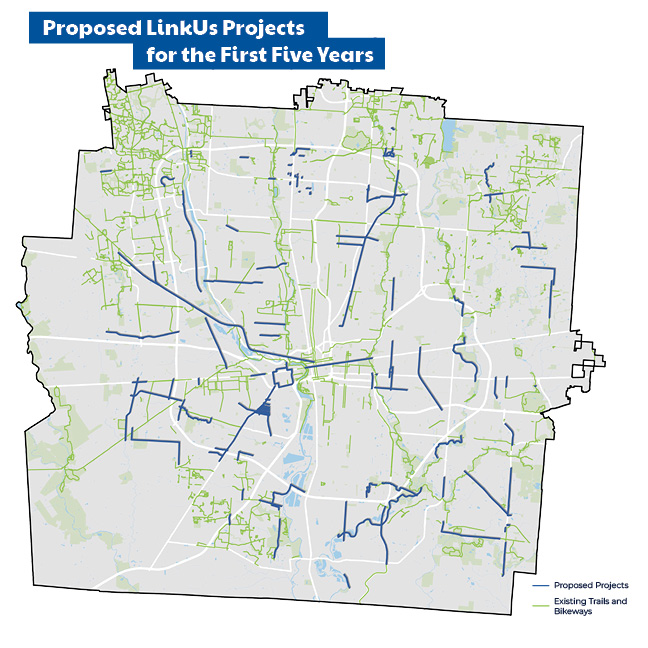Three USG ozone days in summer 2022 were the most recorded in four years
The Mid-Ohio Regional Planning Commission has released its annual Air Quality Report, summarizing air quality data from November 2021 to October 2022.
MORPC issues daily air quality forecasts and notifies the public when ground-level ozone and particle pollution levels are forecasted to be unhealthy for sensitive groups of people through Air Quality Alerts. On days with an Air Quality Alert, children, older adults, and those with lung illnesses, such as asthma, can experience symptoms like shortness of breath and wheezing.
Over the past 30 years, the number of high ozone days (above 70 ppb for the daily maximum eight-hour average) has declined across Ohio and neighboring states. This decline has been driven mostly by emissions reductions, with the most notable decrease in high ozone days occurring after 2012. However, there are variations year to year due to weather conditions and other factors.
“Air quality in Central Ohio continues to improve over the long term, and with the region’s anticipated growth and development, it’s more important than ever to elevate clean air solutions that support the health and quality of life for our residents while reducing transportation and energy costs.”
MORPC’s Sustainability Officer Brandi Whetstone
MORPC uses the national Air Quality Index (AQI) to communicate about air quality and associated health effects. Overall, the majority of days in Central Ohio were in the Good Air Quality Index category. For ozone, 84 percent of summer days were in the Good AQI category. Ozone monitoring takes place from March 1 – October 31 and forms when emissions from sources such as vehicles, industry, and power plants react in the presence of sunlight.
PM2.5, or fine particle pollution, is made up of fine solid or liquid droplets that can get into the lungs and bloodstream. Sources include diesel trucks, power plants, and wood burning. For PM2.5, 96 percent of all days were in the Good AQI category and the Moderate AQI category for 4 percent of all days. The 2021-2022 period marks the 12th consecutive season without Unhealthy for Sensitive Groups (USG) PM2.5 levels. The last USG PM2.5 day was recorded on August 3, 2010.
Three days with Unhealthy for Sensitive Groups AQI levels for ozone were observed during the ozone forecast season. The three USG ozone days in summer 2022 were the most recorded in the Columbus region in four years.
On June 21, the daily ozone AQI value reached 143, which was the highest ozone day in the Columbus region since 2012. Smoke from fires across the southwestern and south-central U.S. carried into the Columbus region enhanced ozone production. These conditions, combined with pollutant carryover from the previous day, led to an observed AQI value at the New Albany monitoring site of 143, the highest ozone AQI recorded in the Columbus region since July 2, 2012.
“Clearly, air pollution doesn’t recognize political boundaries, so we can expect to see elevated pollution levels due to carry over pollution or wildfire smoke. With that in mind, we need to remain focused on lowering emissions right here in Central Ohio and reduce the likelihood of having high pollution days that are harmful to our health.”
MORPC’s Air Quality and Sustainability Coordinator Prince Kwarteng Crooklynn
Local mobility providers and programs, such as MORPC’s Gohio Commute program, Downtown C-pass and Smart Columbus – that encourage ridesharing, driving electric vehicles, riding transit, biking and walking – all help in keeping harmful pollutants out of the air.
The full Central Ohio Air Quality End of Season Report can be viewed here or at morpc.org/airquality, where residents can find additional information and sign up to receive free Air Quality Alert notifications.






